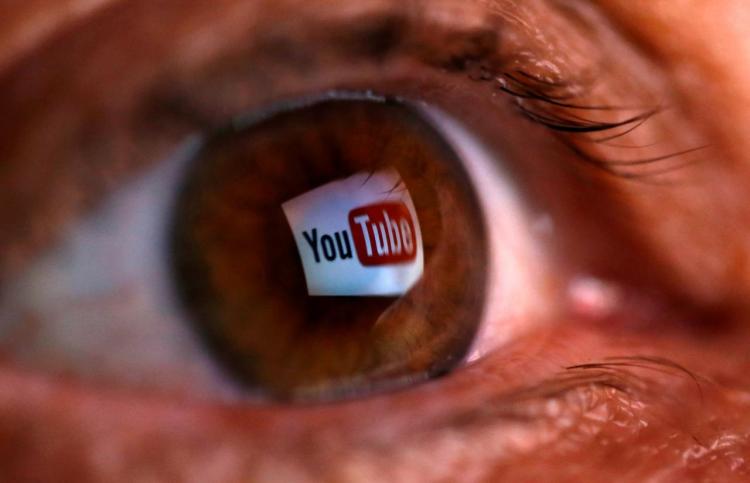testsetset
YouTube is introducing a new way for marketers to upload and manage their various video campaigns, leveraging machine learning to automatically serve “the most efficient combination” of ad formats at the individual user level.
The announcement was made as part of Advertising Week in New York.
Advertisers on Youtube can currently choose from a range of ad format options, which vary depending on where the ad will be delivered. For example, display ads and overlay ads appear for desktop users, while skippable and non-skippable in-stream ads are available across platforms, as are six-second bumper ads and sponsored cards. Related to all this, YouTube last week announced it was bringing its giant masthead advertisements to the YouTube TV app.
Above: YouTube Autoplay ads on mobile
One result of all this choice is that marketers often have to tailor and operate separate video campaigns for each combination of platforms and audience, which can be laborious, complex, and repetitive. To address this costly process, YouTube is introducing a new initiative it’s calling “video reach campaigns” that allows advertisers to upload multiple videos into a single campaign, with the Google-owned platform automatically optimizing the combination of videos based on what it thinks is best for a specific viewer.
June 5th: The AI Audit in NYC
Join us next week in NYC to engage with top executive leaders, delving into strategies for auditing AI models to ensure fairness, optimal performance, and ethical compliance across diverse organizations. Secure your attendance for this exclusive invite-only event.
“Google’s machine learning will automatically serve the most efficient combination of these formats to help you reach your audience at scale,” said Vishal Sharma, VP for product management at YouTube.
The company said the new tool uses aggregated and anonymized audience data, covering hundreds of real-time data points, to predict the attention level users will have for specific ads. For instance, if a user is on mobile they may see a six-second bumper ad, and if YouTube detects that they could be open to watching a longer ad, they might then see an in-stream skippable ad. At its core, this new tool is all about figuring out the user’s individual context, powered by data from elsewhere on YouTube, to determine the best ads for them and maximize the advertiser’s reach.
Prior to the official launch today, the video reach campaigns have been alpha-tested by some big-name brands, including auto giant Ford, which YouTube said managed to reduce its campaign cost “over 20%.”
Video boom
The online video advertising industry was pegged at roughly $30 billion last year. And although Google’s parent company Alphabet doesn’t break out specific figures for YouTube, some estimates suggest that if it was a standalone company it could be worth $100 billion in its own right. Not a bad return for a platform Google bought for a little over $1 billion 13 years ago. However, for YouTube to effectively lure as many ad dollars as possible on board, it has had to improve its product and address various issues that have cropped up.
Some brands ditched YouTube after they discovered that their ads were being placed beside extremist content, for example, a problem YouTube has been pushing more money at over the past few years to tempt some of the big companies back. Optimizing the content a viewer sees to maximize engagement is yet another way for YouTube to convince advertisers that YouTube ads are money well spent.
“This will allow for optimized, more effective campaigns and free up your time to focus on more strategic priorities that can differentiate your business,” Sharma added.

